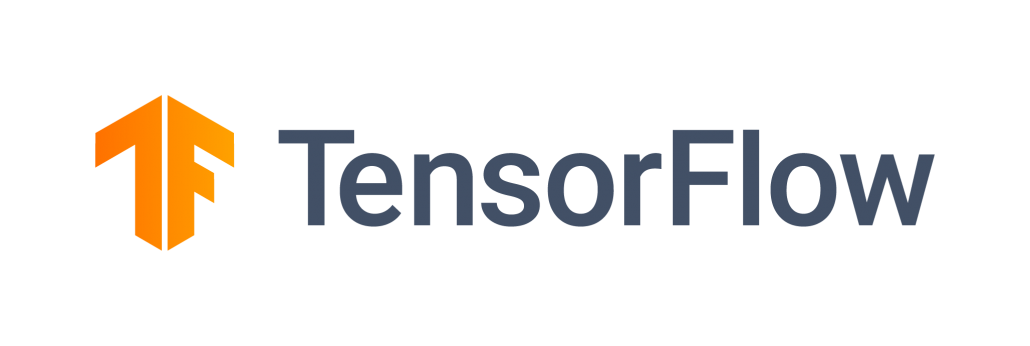Revolutionizing Customer Experience: How AI is Changing the Way Companies Connect with Customers

Using artificial intelligence, companies can improve the customer experience and provide personalized and more efficient experiences for their customers. For example, companies such as Amazon and Netflix use intelligent recommendation algorithms to suggest products and similar programs to their customers. Additionally, companies like Uber and Lyft use AI to predict driver arrival times and to adjust prices based on supply and demand. Furthermore, companies can use chatbots to provide […]
PySpark: از این کتابخانه غافل نشوید!

Artificial intelligence (AI) has become an integral part of our daily lives, and its applications are expanding rapidly. One of the key components of AI is the ability to process and analyze large volumes of data, which is essential for tasks such as machine learning, natural language processing, and computer vision. As a result, there is a growing demand for […]
Artificial Intelligence – Exam Questions

Data Mining Comming Soon! Fuzzy Logic Comming Soon! Artificial neural networks and deep learning Comming Soon! Machine Learning Comming Soon! computer vision and image processing robotics Expert systems and knowledge representation Planning and decision making Game playing and decision making in adversarial environments Reinforcement learning and decision making. Evolutionary computation and genetic algorithms دروس دانشگاهی […]
Artificial intelligence (AI) is a fascinating and rapidly evolving field
Artificial intelligence (AI) is a fascinating and rapidly evolving field that has the potential to change the way we live and work in countless ways. From self-driving cars to intelligent personal assistants, AI is already being used in a wide range of applications that make our lives more convenient and efficient. But the potential of […]
What’s new in TensorFlow 2.10?

Keras attention layers now have expanded, unified mask support Deterministic and Stateless Keras initializers “Backup And Restore” checkpoints with step-level granularity Easily generate an audio classification dataset from a directory of audio files The Einsum Dense layer is no longer experimental Performance and collaborations Expanded GPU support on Windows Improved aarch64 CPU performance: ACL/oneDNN integration […]
A new explainable AI paradigm that could enhance human-robot collaboration

Artificial intelligence (AI) methods have become increasingly advanced over the past few decades, attaining remarkable results in many.
Ten top AI motives in 2022

AI software can be described in several forms. First, a lean description would consider it software capable of simulating intelligent human behaviour. However, a broader perspective sees it as a computer application that intelligently learns data patterns and insights to meet specific customer pain points. Google Cloud AI IBM Watson Studio Salesforce Einstein Oculeus Edsoma […]
TOP 10 DL SKILLS – LAND A JOB AT Facebook, Amazon, Apple, Netflix, and Google

Deep Learning is the subset of Machine Learning that primarily deals with Neural Networks. Deep Learning skills are the key skills that students today need to be able to thrive in the global economy. Deep learning skills can help them land prestigious job positions at FAANG companies. key deep learning skills in demand Spark. Cloud […]

